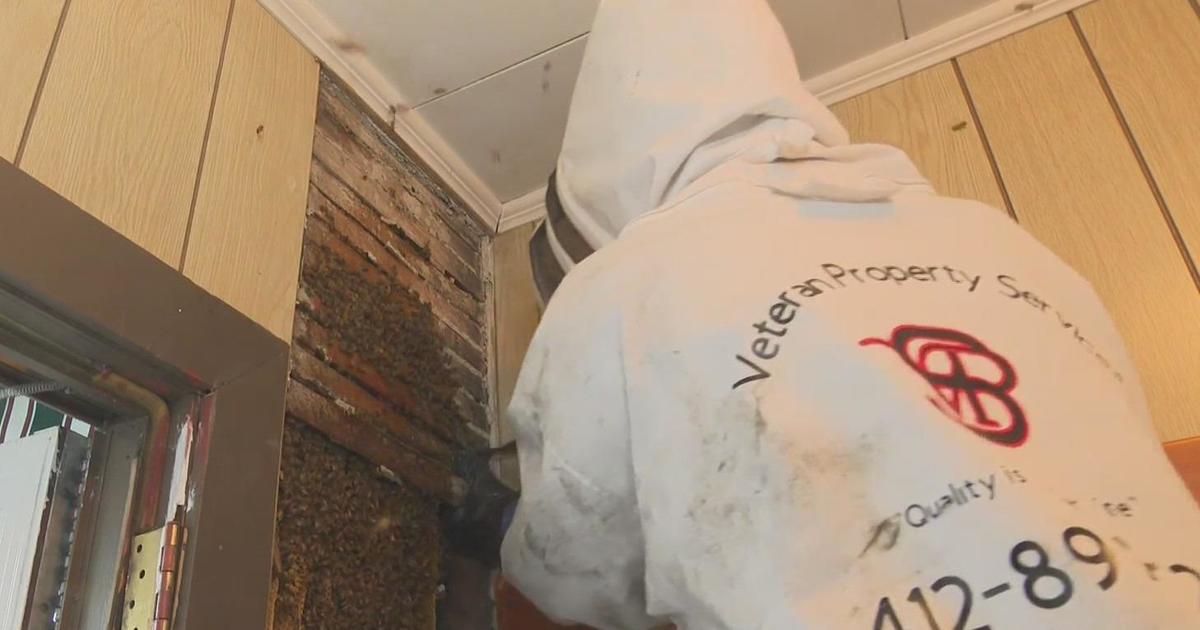How To DIY Safely
From simple home repairs to high-scale improvements, DIY projects can provide an enjoyable experience and rewarding results. Not all do-it-yourself adventures end well, however. When considering a project to take on, safety should always be your first priority. Avoiding injury to both yourself and others can be achieved by using common sense and following these simple tips.
Know Your Own Abilities – Not everyone can, or should, do certain DIY projects (like electrical wiring or roof repair). Being realistic about your own capabilities and experience is the first thing you should take into account when considering how to go about a job. When in doubt, hire, or at the very least, bring in a consultant before you take hammer in hand. Some work is simply better handled by a professional who is either licensed or highly experienced. Telling yourself the truth about your own learning curve can not only save you from injury but also from having to outlay significant funds to have someone redo your work.
Know Your Own Strength – Sure, you were able to leap tall buildings in a single bound 20 years ago, but now you may need an extra pair of hands to help you lift or move heavy equipment or objects. Whatever you do, don't turn a two-person job into a one-person fail, and make sure to lift with your knees instead of your back. You can also rent lifting equipment to help make the whole process easier.
Treat Your Tools With Respect – Make sure you always use the safety guards that come supplied with your tools and keep the tools in good condition, with no frayed wires or damaged electrical cords. You should also make sure your blade edges are sharp and that the tools you are using are the right ones recommended for the work you are doing. Always disconnect the power source from your tools before you change their blades or drills, and be sure to keep your fingers and body clear of all blades until they are stationery. Always hold the materials you're working on by a clamp or vice, instead of with your hands.
Take Note of Your Surroundings – Prepare your work area with safety in mind, making sure it is clean and that the tools and materials you need are well organized, with no tangled cords or bunched-up drop cloths underfoot. Be aware of slippery, icy, dew-drenched or overly heated surfaces before you start, and make sure you have adequate ventilation and light. Determining the safest time of day for you to work is key. If you are doing landscaping or outdoor work, check for dangerous conditions such as branches which might fall, thorny bushes or exposed tree roots and rocks.
Clear the Area of Onlookers, Especially Children – Never, ever leave power tools unattended even if they are unplugged or leave a work site vacant if children or pets can wander in. Even curious adults have been known to hurt themselves badly by examining a tool they didn't know was left turned on. Also make sure that children can't climb up on ladders or even footstools you've left behind.
Wear Protective Gear – Eye goggles, dust masks, closed-toe shoes, ear plugs, overalls and well-fitting work gloves can save you from both minor and significant injury as well as toxin exposure from dust. Also make sure not to wear loose clothing or jewelry that can get tangled, and if you have long hair, tie it back.
Be Careful With Ladders – Ladder accidents are very common and can always be avoided. Never use a rickety ladder and always place your ladder on stable and solid ground. To prevent slipping, use wedge or cleated ladder feet and never stand on the top two steps.
Corey Whelan is a freelance writer in New York. Her work can be found at Examiner.com.



